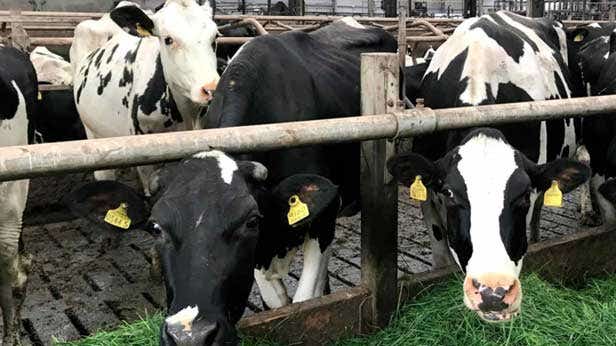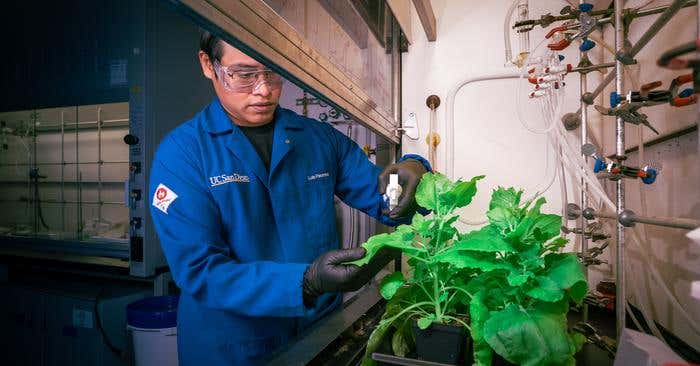Startup wants to convert manure into sustainable fertilizer while trapping greenhouse gases
N2 Applied have announced that they have developed technology that can reduce the amount of ammonia and methane in livestock slurry.

[Oct 12, 2021: Bob Yirka]
Norwegian startup N2 Applied have announced that they have developed technology that can reduce the amount of ammonia and methane in livestock slurry.( Credit: N2Applied)
Engineers at Norwegian startup N2 Applied have announced on their website that they have developed technology that can reduce the amount of ammonia and methane in livestock slurry. They also note that the process also captures nitrogen, which can be used as a fertilizer.
Currently, livestock produces both ammonia and methane in the form of manure and urine. The former can form into clouds that mix with other chemicals in the air, resulting in toxic smog. The latter is a greenhouse gas. Eliminating or reducing both would also improve the lives of livestock managers, as waste from livestock has a strong odor. In this new effort, the engineers have found a way to reduce levels of both in livestock slurry (manure and urine mixed with water).
The technology behind the N2 unit, as they call it, is a device that applies electricity to air in the vicinity of manure—the engineers describe it as firing a lightning bolt. This converts the chemicals in the air into reactive nitrogen. The electricity makes the material in the air so hot that it forms a stream of plasma, resulting in molecular breakdown and the release of electrons. The nitrogen is then absorbed into a liquid slurry where it is prevented from escaping in what would be a form of ammonia. The slurry can then be used as a nitrogen-based fertilizer.
In its announcement, N2 Applied claims that their device can remove approximately 90% of the ammonia in a given slurry sample and methane by 99%. The cost involved is not yet established. A demonstration unit created by the engineers at N2 Applied was powered by a solar panel.
Members of the press were invited to N2 Applied's test facility in Buckinghamshire in Britain, where they were invited to conduct sniff tests. Each was handed a container holding treated slurry and gave it a sniff. Most have reported that rather than the usual stink of ammonia, the sample smelled more like wine in one case, and sea air in another. The British government has set goals for reducing methane emissions from livestock, but it is not yet clear if the government will pay for technology like this.
For environmental news stories check out our Green Impact section at The Brighter Side of News.
Like these kind of feel good stories? Get the Brighter Side of News' newsletter.
Tags: #Green_Good_News, #Climate_Change, #Greenhouse_Gases, #Manure, #Fertilizer, #Science, #Research, #The_Brighter_Side_of_News



